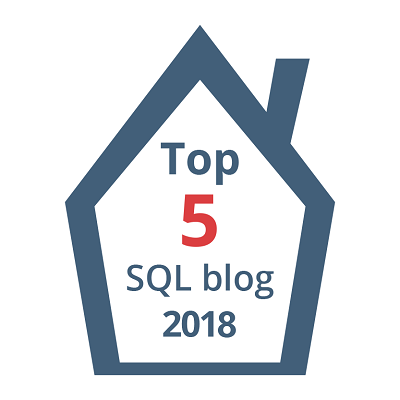Hadoop/HDFS storage types, formats and internals – Text, Parquet, ORC, Avro
HDFS or Hadoop Distributed File System is the distributed file system provided by the Hadoop Big Data platform. The primary objective of HDFS is to store data reliably even in the presence of node failures in the cluster. This is facilitated with the help of data replication across different racks in the cluster infrastructure. These files stored in HDFS system are used for further data processing by different data processing engines like Hadoop Map-Reduce, Hive, Spark, Impala, Pig etc.
–> Here we will talk about different types of file formats supported in HDFS:
1. Text (CSV, TSV, JSON): These are the flat file format which could be used with the Hadoop system as a storage format. However these format do not contain the self inherited Schema. Thus with this the developer using any processing engine have to apply schema while reading these file formats.
2. Parquet: file format is the Columnar oriented format in the Hadoop ecosystem. Parquet stores the binary data column wise, which brings following benefits:
– Less storage, efficient Compression resulting in Storage optimization, as the same data type is residing adjacent to each other. That helps in compressing the data better hence provide storage optimization.
– Increased query performance as entire row needs not to be loaded in the memory.
Parquet file format can be used with any Hadoop ecosystem like: Hive, Impala, Pig, Spark, etc.
3. ORC: stands for Optimized Row Columnar, which is a Columnar oriented storage format. ORC is primarily used in the Hive world and gives better performance with Hive based data retrievals because Hive has a vectorized ORC reader. Schema is self contained in the file as part of the footer. Because of the column oriented nature it provide better compression ratio and faster reads.
4. Avro: is the Row oriented storage format, and make a perfect use case for write heavy applications. The schema is self contained with in the file in the form of JSON, which help in achieving efficient schema evolution.
–> Now, Lets take a deep dive and look at these file format through a series of videos below:
Author/Speaker Bio: Viresh Kumar is a v-blogger and an expert in Big Data, Hadoop and Cloud world. He has an experience of ~14 years in the Data Platform industry.
Book: Hadoop – The Definitive Guide: Storage and Analysis at Internet Scale
-
December 31, 2018 at 6:41 pmFile Formats Supported In HDFS – Curated SQL




